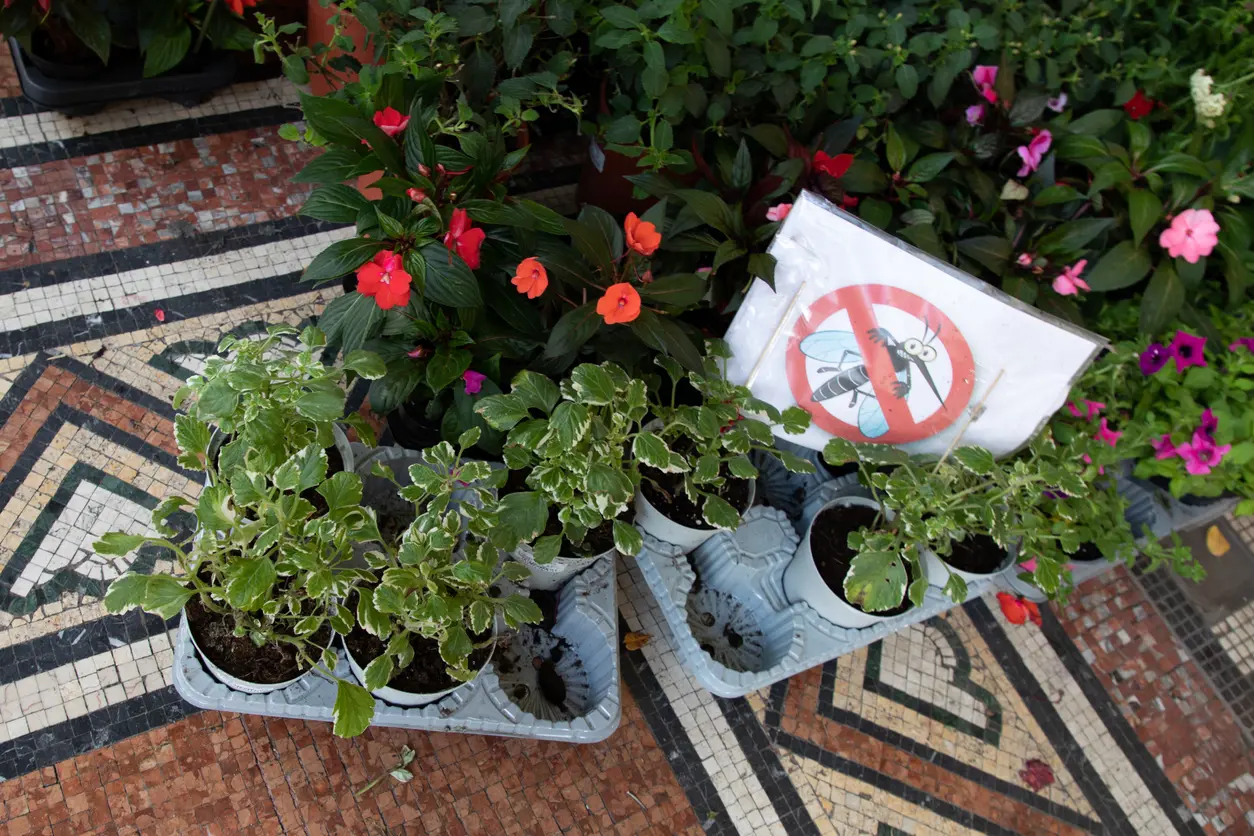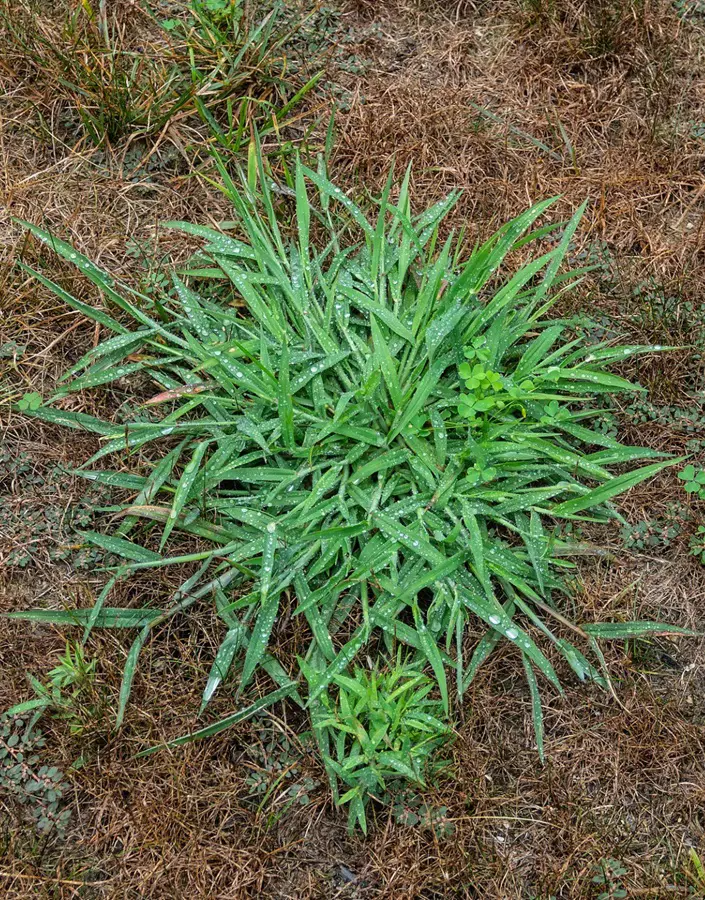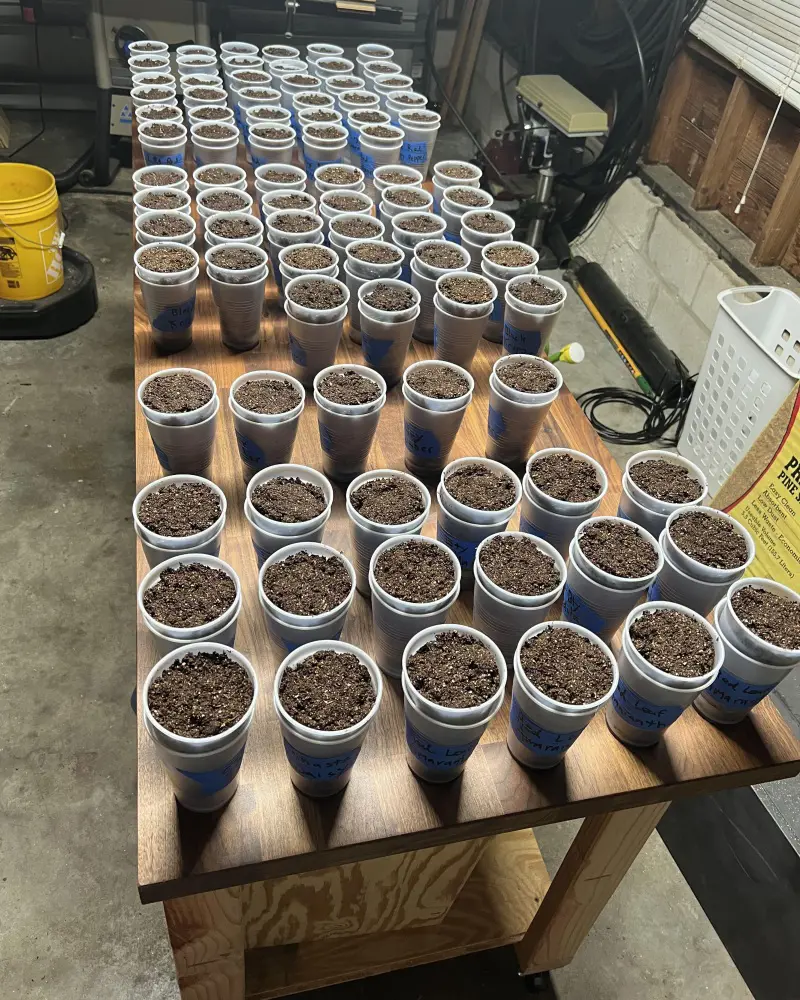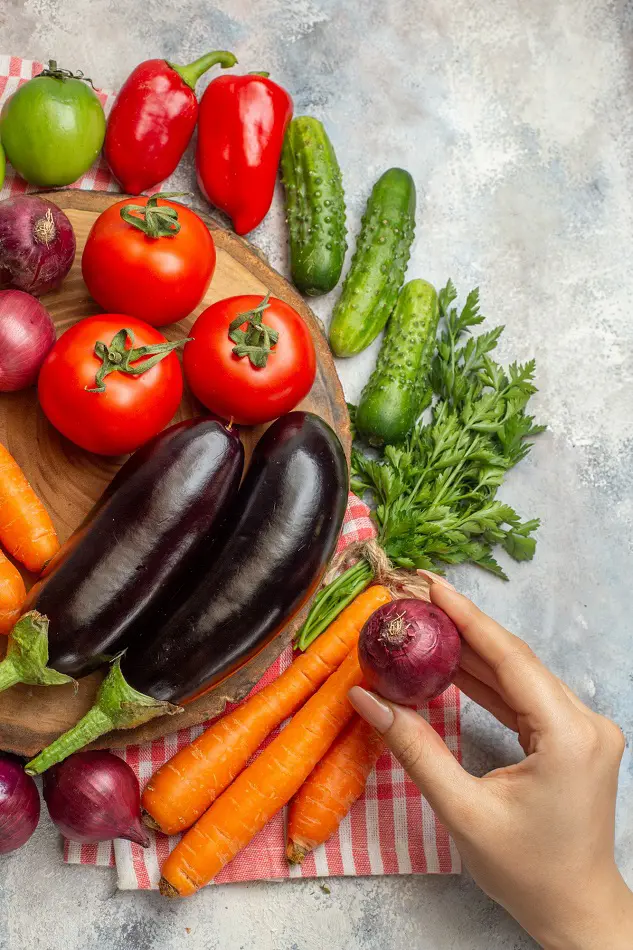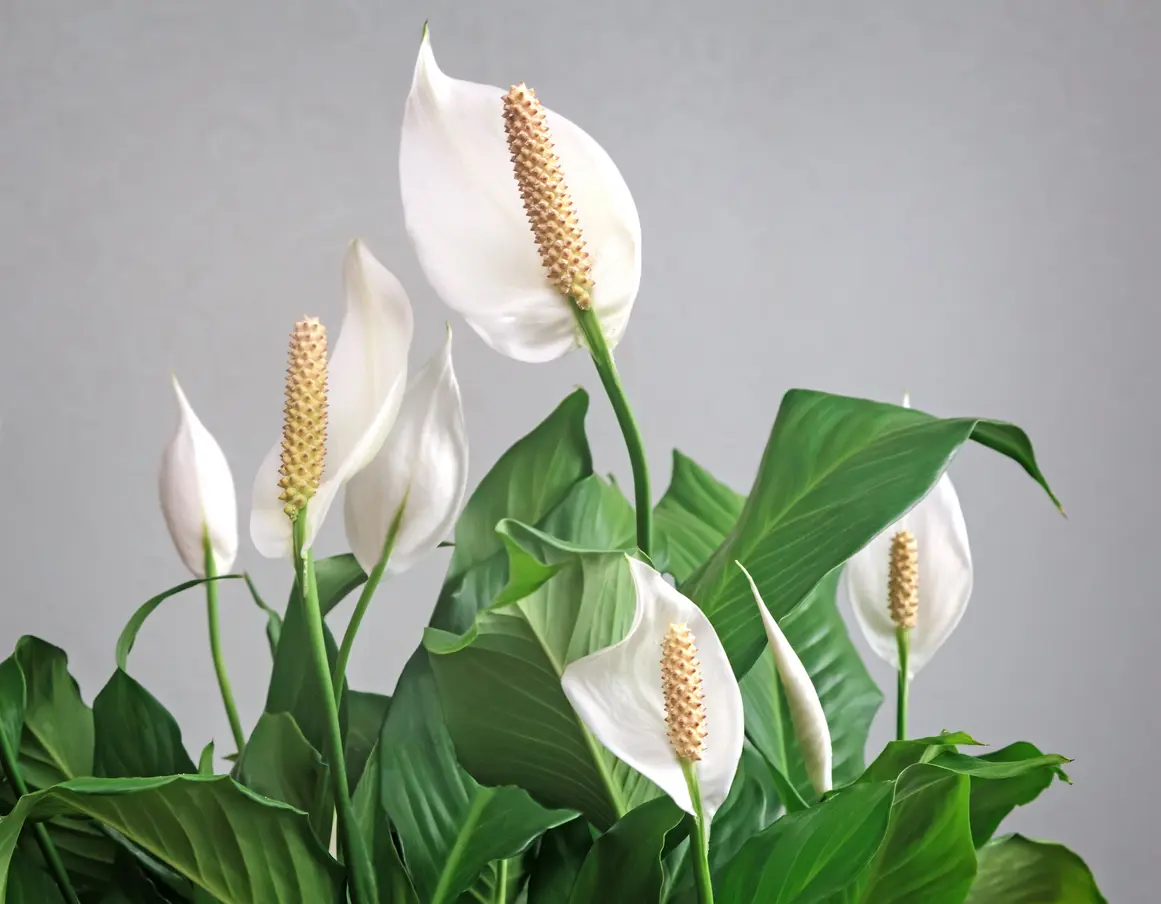Banana Leaves Turning Yellow and Brown: How To Fix
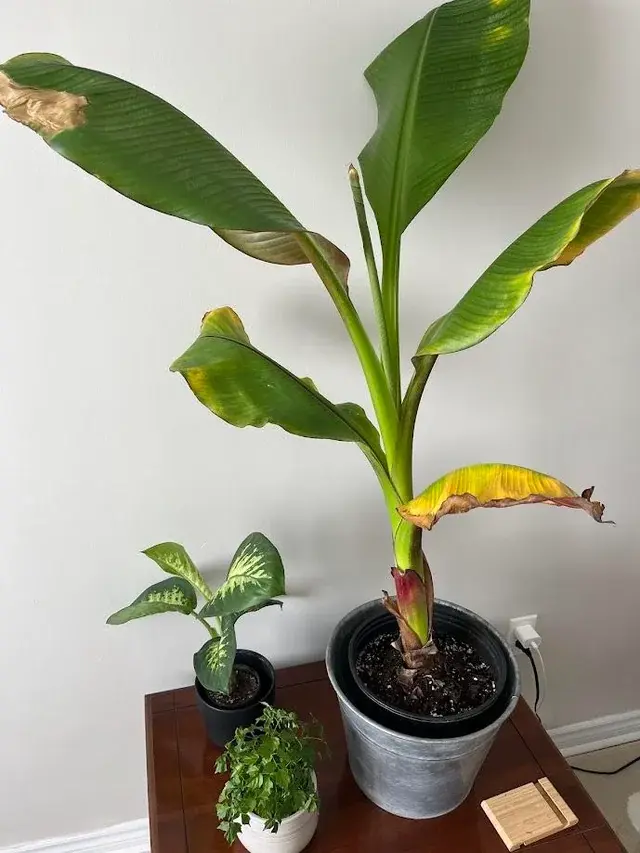
If you’ve ever grown a banana plant, you know how quickly it can transform from a sprout to a lush tropical beauty. But when the leaves of your prized banana plant start turning yellow or brown, it can be both confusing and concerning. Are you overwatering? Have pests invaded your plant? Or is it something else entirely? As a professional horticulturist and gardener with decades of experience, I've seen banana plants go through many phases of distress, and fortunately, most issues can be resolved with the right care.
In this article, I’ll share real-life experiences, expert solutions, and tried-and-tested remedies that have helped countless gardeners restore their banana plants to health. Whether you’re a beginner or an experienced grower, this guide will help you get to the root of the problem and fix those yellowing and browning banana leaves.
Why Are My Banana Leaves Turning Yellow or Brown?
Banana plants are incredibly resilient and relatively low-maintenance, but they are also quite sensitive to changes in their environment. The symptoms of yellow or brown leaves can be the result of several different factors, and understanding these can be the first step toward fixing the issue.
1. Overwatering: The Silent Killer
One of the most common causes of yellow and brown leaves in banana plants is overwatering. I’ve had countless gardening clients who panic when their banana leaves start curling and browning, only to realize they’ve been watering too frequently. Overwatering can lead to root rot, which prevents the roots from absorbing the water and nutrients the plant needs.
Real Experience: I once had a client who grew a banana plant in a container with no drainage holes. The plant looked healthy for months, but the leaves started turning yellow and brown after a while. After taking a closer look, I discovered the roots were suffocating due to stagnant water. I recommended a drainage fix, and within weeks, the plant started thriving again.
Solution: To avoid overwatering, make sure your banana plant’s soil drains well. If you’re growing it in a pot, ensure it has drainage holes. Water the plant only when the top 1–2 inches of soil feel dry to the touch. If your banana plant is in the ground, improve soil drainage by amending it with organic matter like compost.
2. Underwatering: Not Enough Hydration
It’s easy to assume that banana plants, being tropical, require constant water, but underwatering can be just as detrimental as overwatering. I’ve seen plants left in dry soil for too long, leading to wilting, yellowing leaves, and a general lack of vitality.
Real Experience: A local nursery owner once told me about a customer who had a beautiful banana plant in their garden. During a particularly hot summer, the plant’s leaves started to yellow. Upon closer inspection, the roots were dry, and the soil had turned hard and compacted. After an overhaul of watering practices and consistent hydration, the plant rebounded beautifully.
Solution: Banana plants need regular, consistent moisture. Water your banana plant deeply, ensuring that the soil remains moist but not soggy. If you’re experiencing a hot spell, increase watering frequency, especially if the plant is in a container or exposed to direct sunlight.
3. Nutrient Deficiency: A Hungry Plant
Bananas are heavy feeders, and nutrient deficiencies are a common cause of yellow and brown leaves. A lack of essential nutrients like nitrogen, potassium, and magnesium can cause the leaves to yellow, especially the older ones.
Expert Insight: According to Dr. Steve Maxwell, a horticulturist at the University of California, “Bananas are particularly sensitive to potassium and magnesium deficiencies. A simple soil test can help determine which nutrients are lacking, allowing you to adjust your fertilization regimen accordingly.”
Real Experience: In one of my projects, a client’s banana plant developed yellowing leaves that just wouldn’t go away, despite regular watering. After testing the soil, we found that the potassium levels were too low. Once we applied a potassium-rich fertilizer, the plant’s health improved rapidly, and vibrant new leaves began to emerge.
Solution: To address nutrient deficiencies, feed your banana plant with a balanced fertilizer. A slow-release, organic fertilizer rich in potassium, nitrogen, and magnesium will do wonders. Organic options, like compost and banana peel tea, can also provide these nutrients while improving soil quality.
4. Pests and Diseases: Unseen Threats
Pests like aphids, spider mites, and banana weevils can also cause yellowing or browning banana leaves by draining the plant of its vitality. In addition to pests, fungal infections like black sigatoka can cause dark spots and streaks on the leaves, which eventually turn yellow.
Real Experience: I once had a gardener bring in a plant with obvious yellowing leaves. Upon further inspection, I found clusters of spider mites on the underside of the leaves. These tiny pests were draining the plant’s energy, causing it to look sickly. After applying a neem oil solution and pruning the affected leaves, the plant started to recover.
Solution: Regularly inspect your banana plant for pests and signs of disease. Treat infestations with organic pest control methods like neem oil, or use insecticidal soap for more severe cases. Pruning any affected leaves can help prevent the spread of disease, and keeping the plant clean and well-maintained will reduce the likelihood of future pest problems.
5. Environmental Stress: Too Hot, Too Cold, or Too Dry
Banana plants thrive in warm, humid conditions, but environmental stress can quickly take a toll. Sudden temperature fluctuations, strong winds, or exposure to frost can cause the leaves to turn brown or die back.
Real Experience: A client of mine in a coastal region with unpredictable weather asked me for help when their banana plant started turning yellow after a particularly cold snap. Bananas are highly sensitive to temperatures below 50°F (10°C), and even mild frost can damage the leaves. We relocated the plant to a more sheltered spot and used frost cloths during the coldest nights, and the plant bounced back.
Solution: To protect your banana plant from cold stress, move it to a sheltered area where it’s less exposed to temperature fluctuations. If you're growing bananas indoors, provide plenty of warmth and humidity. A humidifier can be a great investment for indoor plants, as they thrive in a moist environment. For outdoor plants in cooler climates, consider planting them in containers so they can be moved indoors or protected during cold spells.
6. Sunburn: The Hidden Danger of Too Much Light
While banana plants love bright light, they’re not suited to full, direct sun exposure for long periods. Prolonged exposure can cause the leaves to scorch, resulting in brown spots, yellow edges, or crispy tips.
Real Experience: A friend of mine, an experienced gardener, had a banana plant in her front yard that received hours of direct afternoon sun. The plant’s leaves began turning brown and yellow along the edges, which she initially attributed to nutrient issues. Upon closer inspection, we realized the plant was suffering from sunburn. After moving it to a spot with partial shade, the plant’s leaves recovered beautifully.
Solution: Place your banana plant in a location where it gets bright, indirect light or partial shade. If growing indoors, avoid placing the plant directly in front of a hot, sunny window. Provide it with light but shield it from the harsh midday sun.
How to Revive Your Banana Plant: A Step-by-Step Guide
If you’re dealing with yellow or brown leaves, don’t despair! Here’s a step-by-step guide based on real experiences and expert advice to help you revive your banana plant:
- Assess the Situation: Take a close look at your plant. Check for overwatering, underwatering, pests, or nutrient deficiencies. Is the plant in the right location for light and temperature? Are the roots healthy?
- Adjust Your Watering Practices: Make sure your banana plant is neither too dry nor too wet. Water consistently, but avoid leaving it standing in water.
- Feed the Plant Properly: Apply a balanced fertilizer, focusing on nutrients like nitrogen, potassium, and magnesium. Organic options like compost or banana peel fertilizer are also great alternatives.
- Prune Damaged Leaves: Remove yellow or brown leaves with clean, sharp scissors or pruning shears. This allows the plant to focus on growing new, healthy foliage.
- Protect from Pests: If you spot pests or signs of disease, treat the plant with neem oil or insecticidal soap. Regularly inspect the plant to prevent further infestations.
- Provide Optimal Growing Conditions: Ensure the plant is in a location where it receives adequate light, warmth, and humidity. If necessary, move it to a more suitable spot.
Conclusion
Banana plants are relatively low-maintenance but require careful attention to thrive. Yellowing or browning leaves can be a sign of various issues, including overwatering, underwatering, nutrient deficiencies, pests, and environmental stress. By diagnosing the problem accurately and implementing the right solutions, you can restore your banana plant to health and enjoy its lush foliage once again.
Remember, gardening is an ongoing learning process. As you experiment and adjust your plant care regimen, you’ll gain valuable experience that will help you become a better banana grower. Happy gardening!


